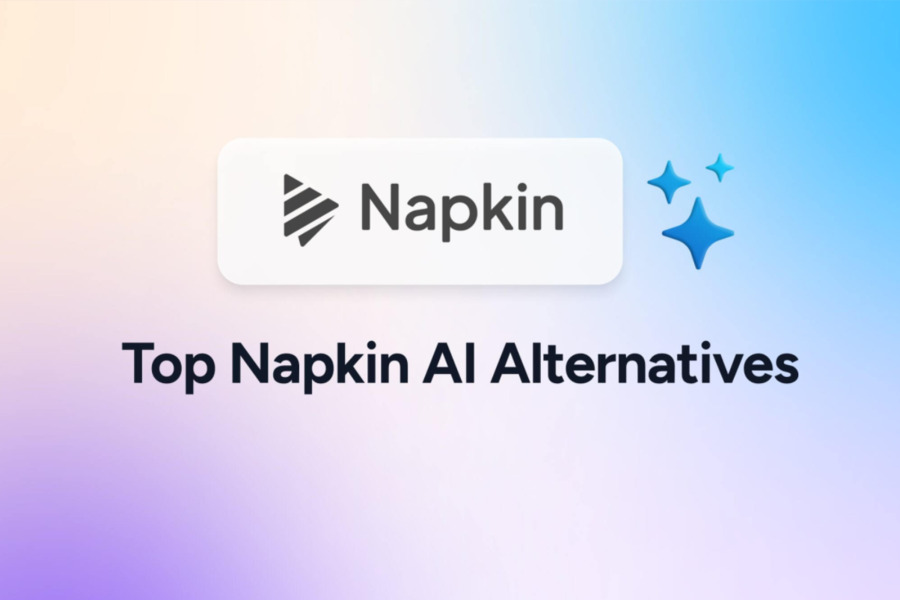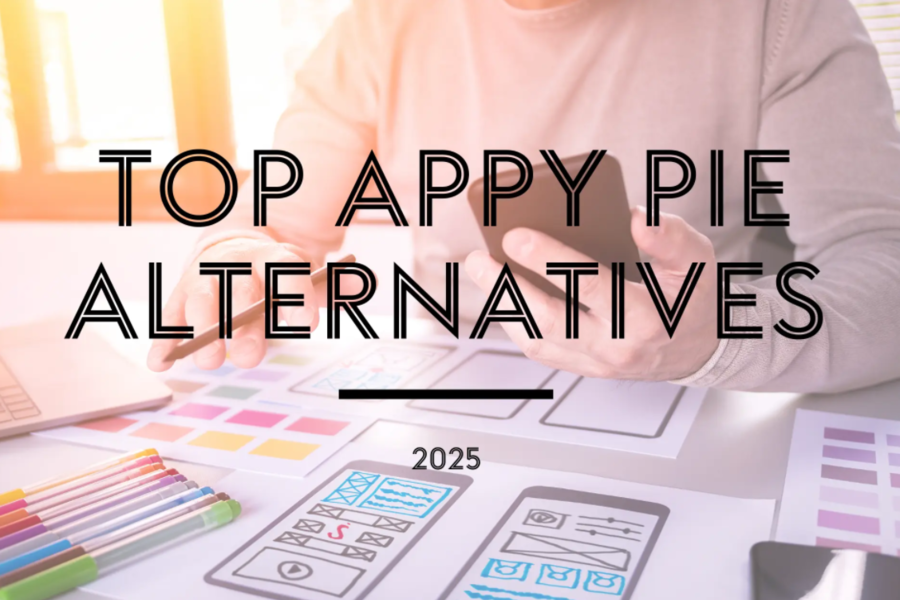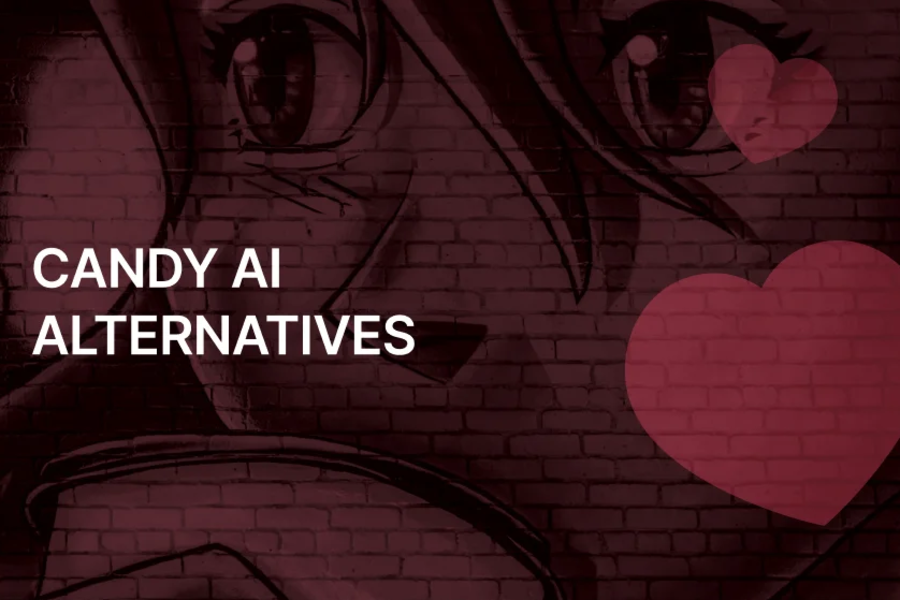Struggling to turn brilliant ideas into professional visuals? Many creators and professionals are now searching for a better Napkin AI alternative – and for good reason.
While speed matters, quality can’t be compromised. You need tools that don’t just create basic diagrams but actually bring your vision to life. This guide cuts through the noise to show you 6 powerful platforms that outperform the competition.
Ready to move beyond digital napkins? Let’s explore why users are switching and which tools lead the visual thinking revolution.
Why Looking for Napkin AI Alternatives?
Napkin AI made diagram creation accessible, but many users hit limitations as their projects grew. The tool works for basic needs but struggles with professional demands. Here’s why the search for alternatives has intensified.
Professional Quality Gap
Napkin AI’s visuals work for internal brainstorming but often lack the polish needed for client presentations or official documents. Many users find themselves spending extra time polishing outputs in other software – defeating the purpose of a quick AI tool. This quality gap becomes especially noticeable when you need to maintain brand standards or meet specific design requirements.
Scaling and Customization Limits
The platform feels like training wheels for visual thinking – great for beginners but limiting for experienced users. As projects demand more complex layouts or sophisticated styling, the user experience deteriorates. Customization options are particularly constrained, leaving users stuck with generic-looking visuals that don’t reflect their brand or unique style.
Integration Challenges
Modern workflows depend on tools that communicate seamlessly with platforms like Google Drive, Slack, and Figma. Napkin AI often creates disruptive workarounds where users must manually export and re-upload files. This “double work” drives users toward alternatives with better integration capabilities.
Top 6 Napkin AI Alternatives in 2025
Here are the top six AI diagramming tools challenging Napkin AI’s position, complete with their distinctive advantages and considerations.
1. Visily AI

Visily AI is a formidable competitor, specializing in transforming various inputs – including text prompts, rough sketches, and even screenshots – into structured, editable wireframes and flowcharts.
This platform comes packed with design assistance features, boasting an extensive library of over 1,500 templates and an AI-powered layout helper. It specifically targets product managers and UX/UI designers who need rapid prototyping capabilities and value direct export functionality to Figma for professional handoffs.
Pros:
- Advanced AI prompt conversion that generates structured diagrams from text or image inputs
- Extensive template library with over 1,500 pre-made screens and UI elements
- Seamless Figma export for further editing in industry-standard design software
Cons:
- Premium pricing that some users feel is high for its specialized feature set
- Interface can feel cluttered when accessing advanced functionality
- Complex sketches or crowded screenshots sometimes produce inaccurate conversions
2. Whimsical
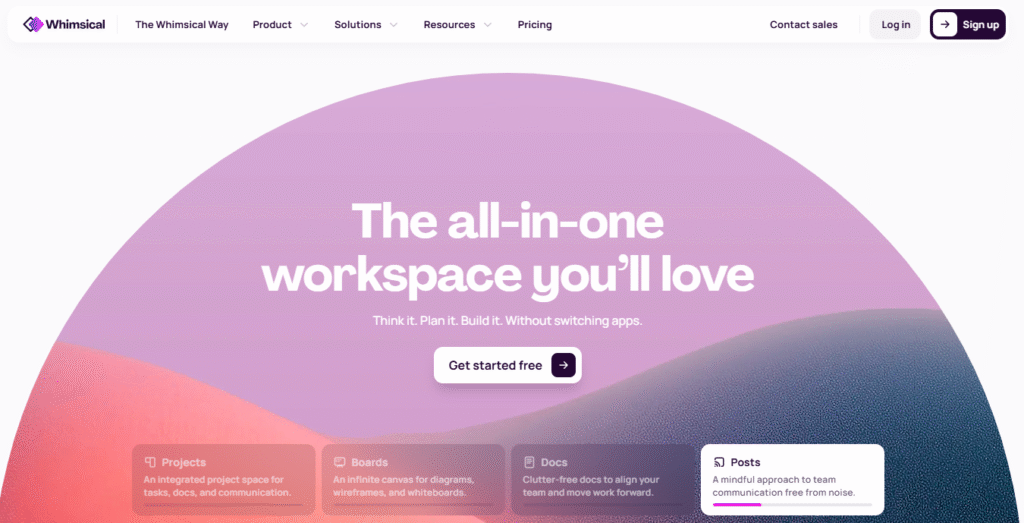
Whimsical feels like it was built specifically for teams where group brainstorming is essential to the creative process. It brings together flowcharts, virtual sticky notes, dynamic mind maps, and wireframes within a single, cohesive, and remarkably intuitive platform.
While Napkin AI favors structured individual work, Whimsical excels in real-time collaboration, positioning itself as the perfect digital whiteboard for remote teams, virtual workshops, and fast-paced creative sessions requiring simultaneous input from multiple contributors.
Pros:
- Exceptional real-time collaboration performance across various devices
- Clean, engaging interface with playful aesthetics that make visual thinking enjoyable
- Unified environment combining multiple visual types in one platform
Cons:
- Limited free plan with core collaborative features requiring subscription
- Primarily business-focused, potentially overkill for academic or solo projects
3. MyMap.AI
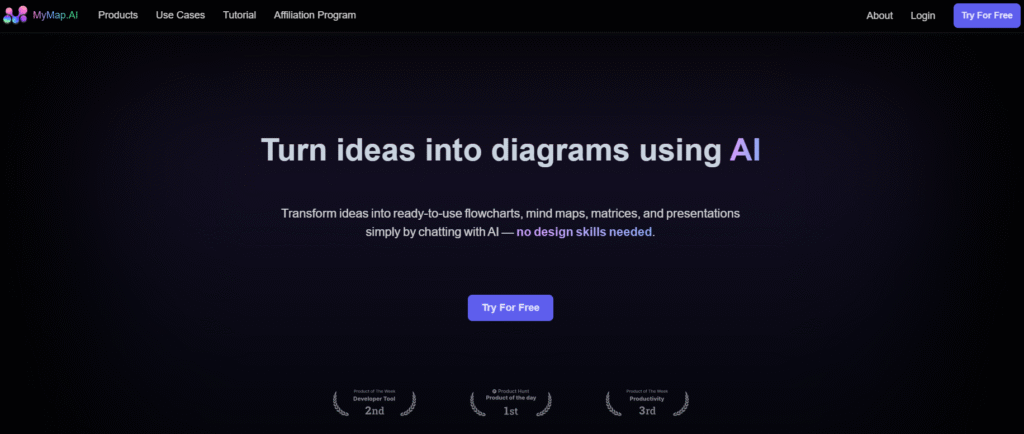
MyMap.AI pioneers an innovative approach by enabling users to create diverse diagrams – including mind maps, flowcharts, SWOT analyses, and storyboards – entirely through an AI chat interface. You simply describe your concept, provide relevant links, or upload files (PDFs, text documents), and the AI constructs the visual representation.
A significant differentiator is its ability to incorporate live web data and its built-in interactive presentation mode, perfect for sharing dynamic, engaging visual content rather than static images.
Pros:
- Intuitive chat-based interface for instant diagram generation
- File and link input capabilities that save significant time
- Interactive presentation mode for dynamic visual sharing
Cons:
- Restrictive free tier with daily credit limitations
- Interface balancing chat and visual editing can feel busy
4. GraphicInfo
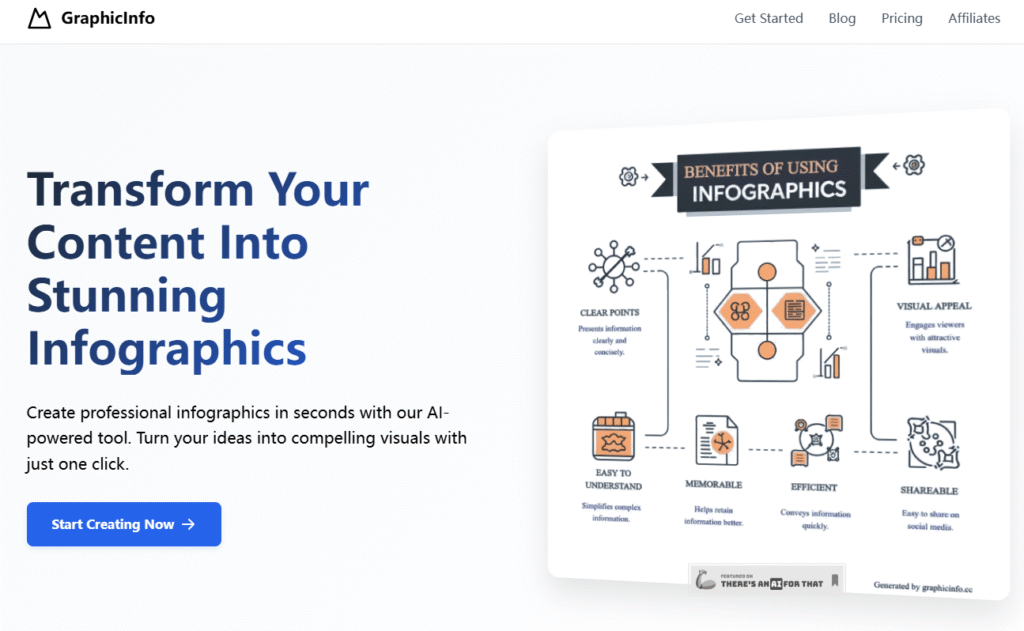
GraphicInfo specializes in transforming extensive source material – including text blocks, articles, or website links – into stunning, customized infographics. It offers a dual approach: Template Mode for quick, structured designs, and Creative Mode for generating unique, AI-generated visuals and graphs.
Its strong integration with online search and detailed fine-tuning features make it ideal for content marketers and communicators who need visually compelling summaries of complex information.
Pros:
- Flexible dual-mode functionality catering to different creative needs
- Online search integration ensuring current and detailed visual summaries
- Comprehensive fine-tuning controls for post-generation adjustments
Cons:
- Lacks team collaboration features
- Historical performance concerns requiring current stability verification
5. Miro

Miro stands as arguably the most comprehensive visual collaboration platform available today. It transcends basic diagramming to offer an infinite canvas supporting full-scale workshops, product roadmaps, design sprints, and strategic planning sessions. It incorporates diagrams, sticky notes, charts, embedded media, and dozens of specialized templates.
While Napkin AI serves well for rapid, isolated sketching, Miro represents the go-to solution for delivering fully-featured whiteboard experiences at scale within large organizations.
Pros:
- Industry-leading collaboration capabilities for remote teams
- Extensive template library covering numerous use cases
- Deep integrations with popular enterprise tools and platforms
Cons:
- Feature richness can overwhelm new users
- Interface complexity may slow down quick brainstorming sessions
6. VisualGPT
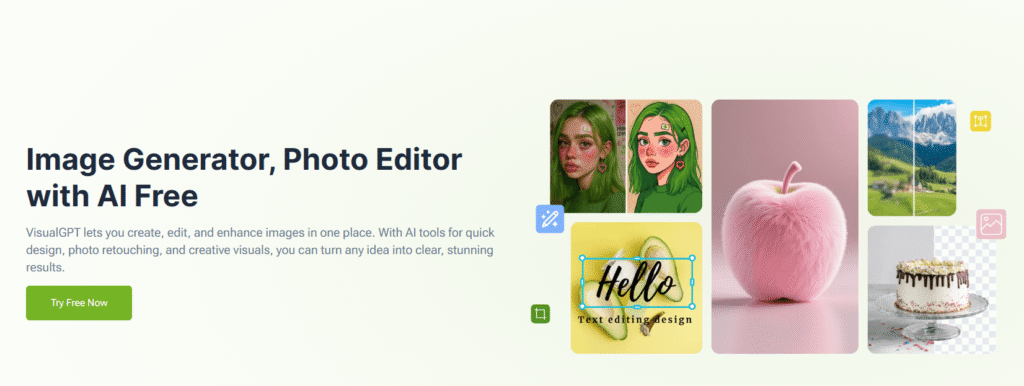
VisualGPT presents a compelling option with its ability to convert plain text into complete, ready-to-use visual content. You describe your desired output – whether flowcharts, complex infographics, or visual storyboards – and the tool generates it within seconds.
Its primary advantage over Napkin AI lies in supporting a broader range of output formats, superior rendering speed, and advanced auto-layout features that produce presentation-quality visuals immediately.
Pros:
- Extremely fast generation requiring no design expertise
- Support for diverse output formats and visual types
- Intelligent auto-layout for professional results
Cons:
- Output quality heavily dependent on input prompt clarity
- Limited offline functionality due to cloud processing
Final Thoughts on Napkin AI Alternative
Choosing your ideal Napkin AI alternative comes down to one question: What matters most to your workflow?
UX designers will appreciate Visily AI’s wireframing focus. Remote teams need Miro’s collaboration power. Startup teams will love Whimsical’s brainstorming balance. Content creators should consider GraphicInfo’s infographic strengths. Solo thinkers will value VisualGPT’s speed and versatility.
The era of choosing between speed and quality is over. Today’s AI visual tools offer both rapid creation and professional results. Your perfect visual collaboration platform awaits – it’s just a matter of finding which one fits your unique creative needs.
